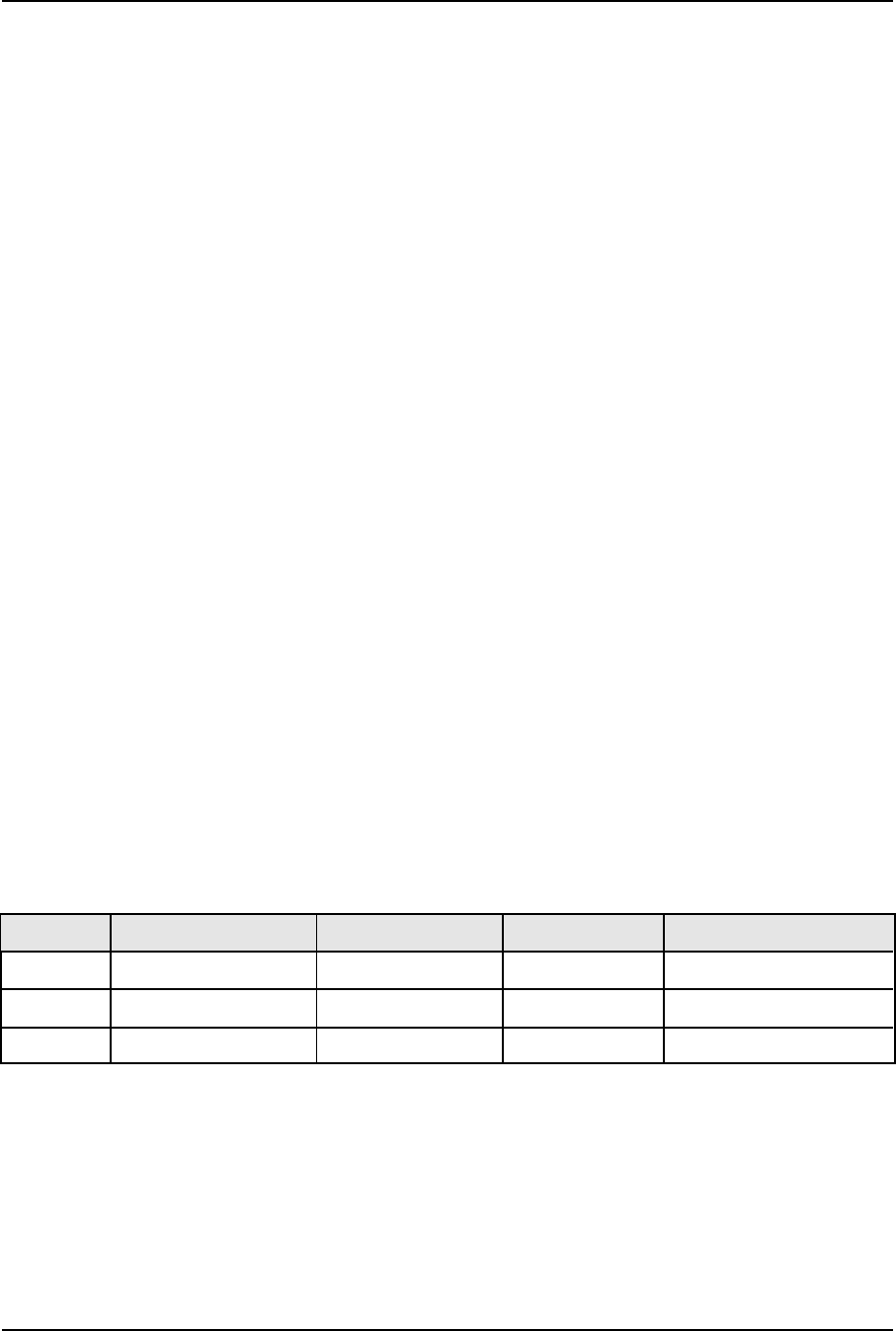
IP configuration
CER International bv 15
IP configuration
Your CER controller uses the common TCP/IP protocols to provide the connection to the
client machine over Ethernet. Like any server or device, it needs a 'unique' IP number to
be addressed. This chapter shows the basic concepts necessary to install and operate the
controller, it does not intend to be a TCP/IP networking guide.
Addressing basics
Unique address
Every device attached to a TCP/IP network is identified by a unique IP address which is a
32-bit number. To make it easier to memorize such addresses, they are usually
expressed as four 8-bit numbers between 0 and 255, seperated by dots, e.g.:
192.168.4.1. There are restrictions on using 0 and 255 so avoid those in an address.
Although an IP address is a single value, it consists of two parts: the network ID and the
host ID of your computer. The network ID identifies the systems located on the same
physical network. The host ID identifies a workstation, server, router, or other TCP/IP
device within the network.
Even if a network is not connected to the Internet, it has become custom to choose an
address in a range reserved for private networks. That makes it possible to connect your
private network to the Internet later without having to reconfigure. The following ranges
are reserved for local use (taken from RFC 1597):
10.0.0.0 to 10.255.255.255
172.16.0.0 to 172.31.255.255
192.168.0.0 to 192.168.255.255
Classes and subnets
After receiving a network ID from your system administrator, you must pick a unique ID
for your CER controller. Three classes are defined to accommodate networks of varying
sizes. The address class can be identified by the first octet of the address or network ID.
The examples in the table below use w.x.y.z to designate the bytes of the IP address.
Class w values Network ID Host ID Subnet mask
A 1-126 w x.y.z 255.0.0.0
B 128-191 w.x y.z 255.255.0.0
C 192-223 w.x.y z 255.255.255.0
Subnet masks are 32-bit values that allow the recipient of IP packets to distinguish the
network ID portion from the host ID. Subnet masks are created by assigning 1's to
network ID bits and 0's to host ID bits. The 32-bit value is then converted to
dotted-decimal notation, as shown in the table. For example, when the IP address is
192.168.4.1 and the subnet mask is 255.255.0.0, the network ID is 192.168 and the
host ID is 4.1.
To prevent addressing and routing problems, all computers on a logical network must use
the same subnet mask and network ID.


















